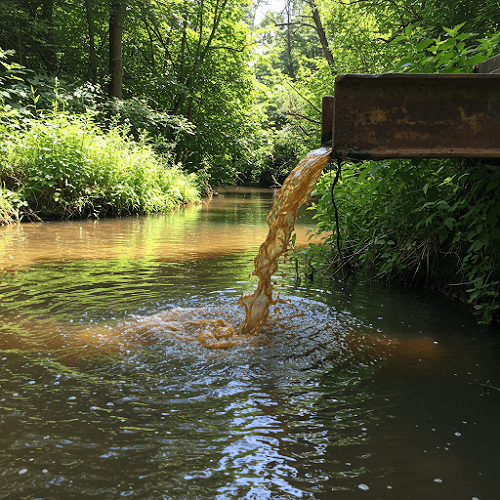Nearly one-third of Americans are exposed to unregulated contaminants in their drinking water, with Hispanic and Black communities bearing the brunt of this public health crisis. A recent study by the Silent Spring Institute, published in Environmental Health Perspectives, reveals that 27% of public water systems, serving 97 million people, contain detectable levels of harmful chemicals. These include 1,4-dioxane, a probable human carcinogen, and PFAS, known as “forever chemicals,” linked to cancer and other serious health issues.
The study highlights significant racial disparities, with Hispanic and Black communities more likely to face unsafe levels of these contaminants. Systemic issues such as historical redlining and the disproportionate siting of pollution sources in communities of color exacerbate these disparities. Laurel Schaider, a senior scientist at Silent Spring Institute, emphasized the hidden threat posed by thousands of unregulated chemicals that infiltrate groundwater and surface waters through industrial activities and consumer products.
The research analyzed data from the US Environmental Protection Agency’s Unregulated Contaminant Monitoring Rule program, reviewing records from 4,815 public water systems between 2013 and 2015. The findings underscore the urgent need for stronger federal regulations and resources to address water quality issues and mitigate health disparities in affected communities.
See: “Nearly One-Third of Americans Face Unregulated Contaminants in Water, Hispanic, Black Communities Hit Hardest” (January 15, 2025)


